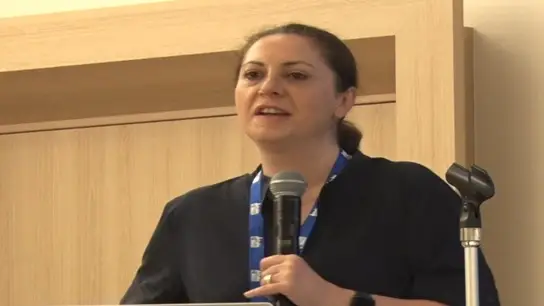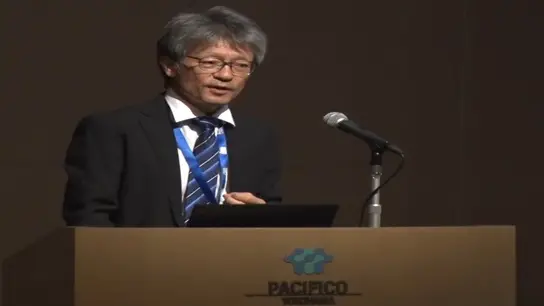Panel: PAN-2: On the Convergence of Machine Learning, Signal Processing and Multimedia Computing
Moderator: C.-C. Jay Kuo, University of Southern California, USA Panelists: Xilin Chen, Chinese Academy of Science, China Weisi Lin, Nanyang Technological University, Singapore Shan Liu, Tencent America, USA Yi Ma, University of California at Berkeley, USA Helen Meng, Chinese University of Hong Kong, Hong Kong
-
Members: FreeSPS
IEEE Members: $11.00
Non-members: $15.00Length: 01:29:27
25 May 2022
Machine learning has played an increasingly important role in modern signal processing. It has been widely used to solve multimedia problems, including audio, speech, image and video, graphics, 3D point clouds, etc. The data-driven methodology is expected to continue to grow. Many powerful data-driven solutions are based on deep learning. We have seen the impact of deep learning in numerous conferences and journals. There is however a huge gap between deep learning and classic signal processing disciplines. The former is a black box with a large model size. It is computationally expensive and data hungry. The latter is a white box with a smaller model size. It is computationally effective and can be easily adapted to smaller datasets. It would be desired to find a way to bridge the two. In this panel, we invite world leading experts to express their opinions on a couple of key questions: Is there a role for classical signal processing to play in the machine learning era? Will there be some non-deep-learning-based alternatives in machine learning? etc. Discussion Questions Big data and machine learning have attracted a lot of attention in the last decade. Through the construction of large datasets, many difficult problems in various domains such as natural language processing (NLP), computer vision (CV), and computer graphics (CG) can be greatly simplified. Do you see any problem in proceeding along this direction? What are the limitations of this data-driven methodology? Deep learning is the dominating tool in machine learning, which is widely used in acoustics, signal, speech, and multimedia processing nowadays. Some junior researchers may have doubts on the value of classical signal processing training (e.g., linear algebra, probabilities, etc.). In your opinion, is classical signal processing still valuable? How can they contribute to modern machine learning? Is it possible to find learning-based substitutes without following the deep learning paradigm? What are future R&D opportunities and/or directions in the interplay of machine learning, signal processing and multimedia computing? Some concrete examples are helpful. What advice will you offer to junior students, researchers, and engineers with major in signal processing and multimedia so that they can be better prepared for the job market and/or an academic career?



